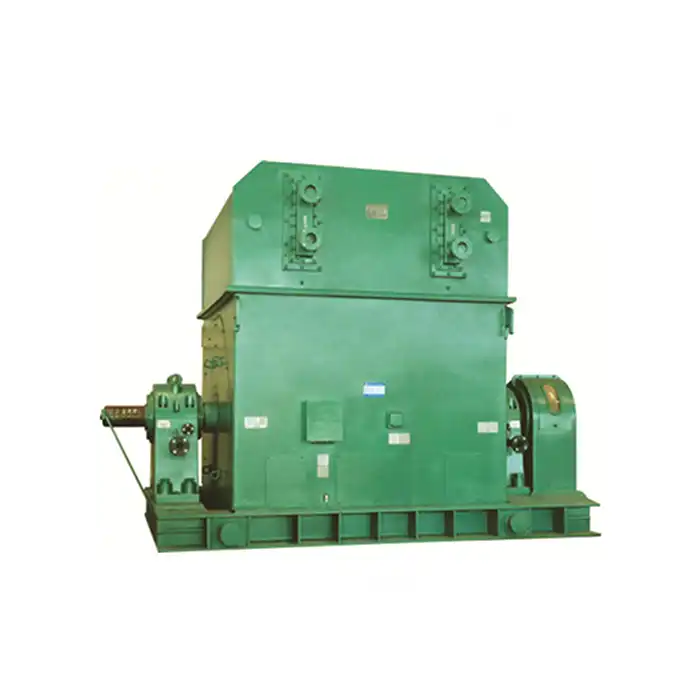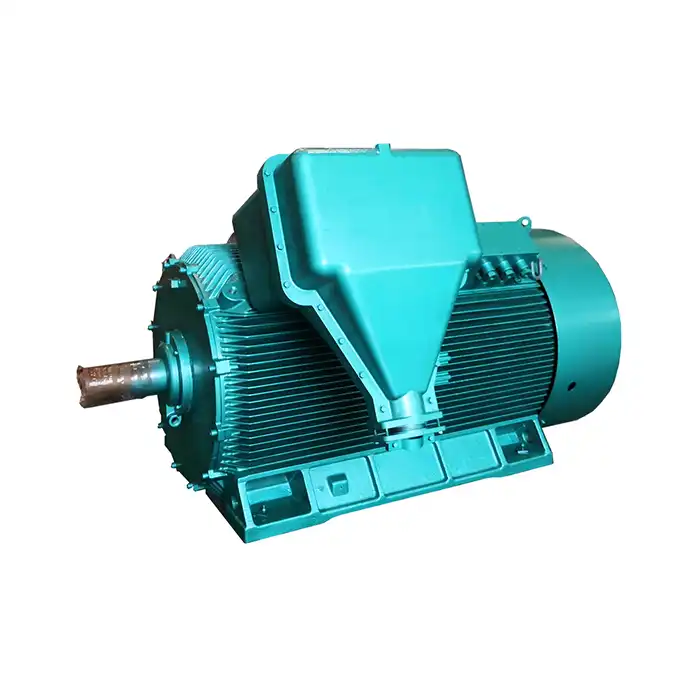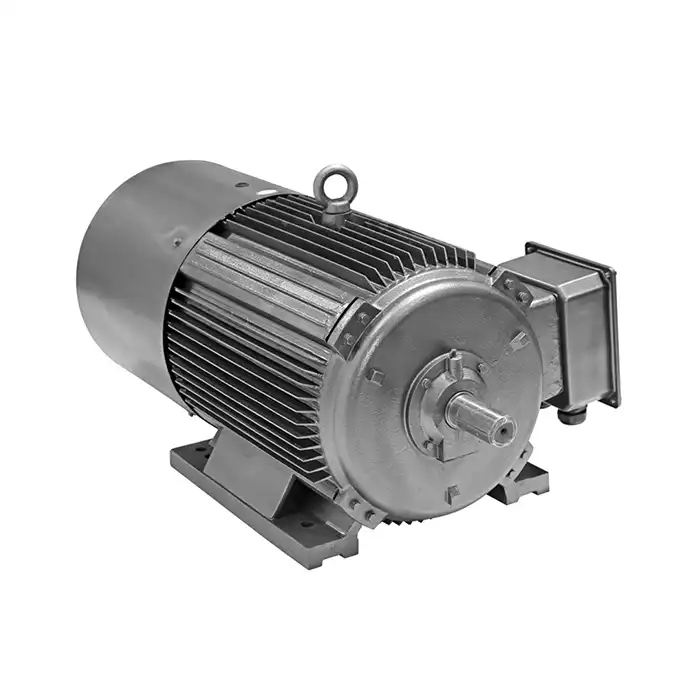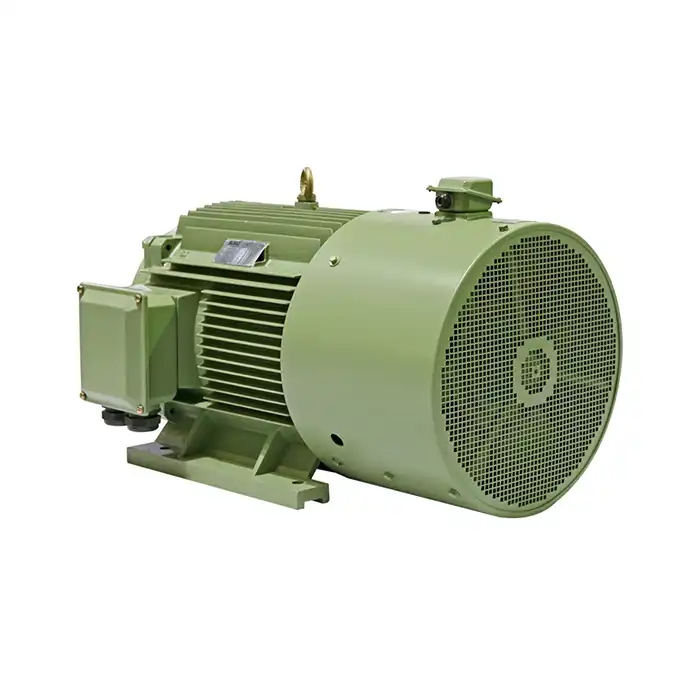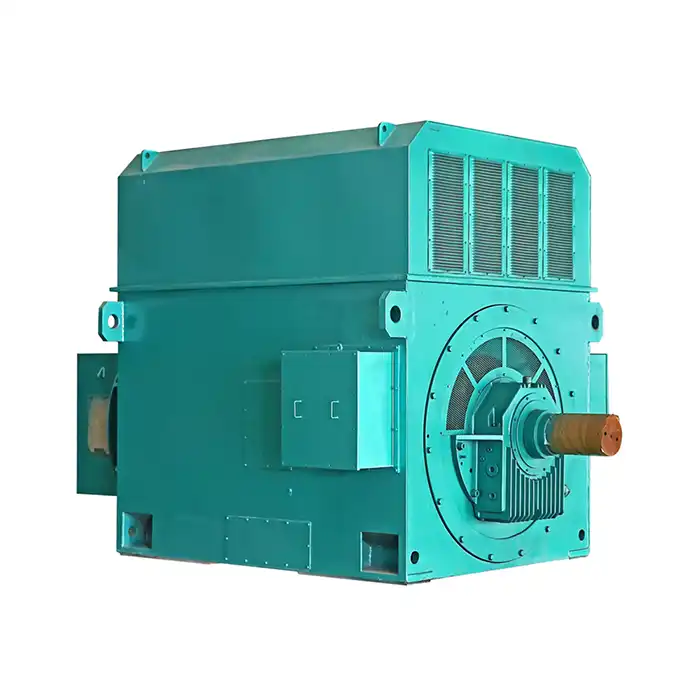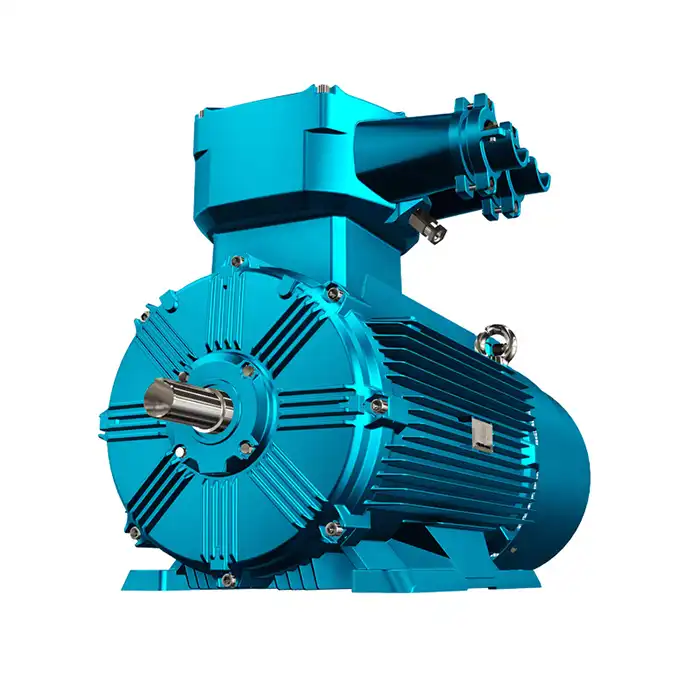Chemical Challenges in Wet Mining Operations
Wet mining environments present a unique set of challenges for equipment, particularly when it comes to corrosion. The combination of moisture, minerals, and often acidic conditions creates a perfect storm for metal degradation. Understanding these challenges is crucial for selecting the right mining motors and implementing effective maintenance strategies.
Common Corrosive Agents in Mining
Mining operations encounter various corrosive agents that can rapidly deteriorate standard equipment:
- Sulfuric acid: Often present in mines with sulfide ores
- Chlorides: Found in saline groundwater and marine environments
- Nitric acid: Used in some ore processing methods
- Hydrogen sulfide: A byproduct of certain mining processes
These substances can quickly attack the metal components of mining equipment, leading to reduced efficiency, increased maintenance costs, and potential safety hazards.
The Impact of Water on Mining Equipment
Water itself is a significant factor in corrosion, especially when combined with other chemical agents. In wet mining environments, equipment is constantly exposed to moisture, which can:
- Accelerate oxidation processes
- Carry dissolved corrosive substances to metal surfaces
- Create galvanic cells between dissimilar metals
- Promote microbial corrosion in certain conditions
The presence of water amplifies the corrosive effects of other chemicals, making it essential to use specially designed corrosion-resistant motors in these settings.
Comparing Corrosion-Resistant Materials for Mining Motors
When it comes to protecting mining motors from corrosion, the choice of materials is paramount. Different materials offer varying levels of protection against corrosive agents, and understanding their properties is crucial for selecting the most appropriate option for specific mining conditions.
Stainless Steel: A Popular Choice
Stainless steel is widely used in corrosion-resistant applications due to its excellent combination of strength and corrosion resistance. In mining motors, different grades of stainless steel may be employed:
- 304 Stainless Steel: Offers good general corrosion resistance
- 316 Stainless Steel: Provides enhanced resistance to chlorides
- Duplex Stainless Steel: Combines high strength with excellent corrosion resistance
The chromium content in stainless steel forms a protective oxide layer, which regenerates when damaged, providing ongoing protection against corrosion.
Nickel Alloys: Superior Corrosion Resistance
For extremely corrosive environments, nickel alloys offer superior protection:
- Inconel: Exceptional resistance to oxidizing and reducing environments
- Hastelloy: Highly resistant to pitting and crevice corrosion
- Monel: Excellent resistance to seawater and acid
These alloys are often used in critical components of mining motors where maximum corrosion resistance is required.
Coatings and Surface Treatments
In addition to selecting corrosion-resistant base materials, various coatings and surface treatments can enhance protection:
- Epoxy coatings: Provide a barrier against corrosive substances
- Anodizing: Creates a hard, corrosion-resistant oxide layer on aluminum
- Galvanization: Applies a protective zinc coating to steel components
These treatments can significantly extend the life of mining motors in wet environments, especially when combined with appropriate base materials.
Long-Term Cost Savings of Corrosion-Resistant Motors
While the initial investment in corrosion-resistant mining motors may be higher than standard options, the long-term financial benefits are substantial. Understanding these cost savings is crucial for making informed decisions about equipment purchases and maintenance strategies.
Reduced Maintenance and Downtime
Corrosion-resistant motors require less frequent maintenance and replacement, leading to significant cost savings:
- Lower labor costs for maintenance and repairs
- Reduced inventory costs for spare parts
- Minimized production losses due to equipment downtime
By resisting the corrosive effects of wet mining environments, these motors maintain their efficiency and reliability for longer periods, reducing the frequency of costly interventions.
Extended Equipment Lifespan
The durability of corrosion-resistant motors translates directly into a longer operational lifespan:
- Delayed need for capital expenditure on replacement equipment
- Improved return on investment over the life of the motor
- Reduced waste and environmental impact from equipment disposal
This extended lifespan allows mining operations to maximize the value of their equipment investments, contributing to overall operational efficiency.
Enhanced Safety and Compliance
Corrosion-resistant motors also contribute to improved safety and regulatory compliance:
- Reduced risk of equipment failure and associated safety hazards
- Easier compliance with environmental regulations
- Lower likelihood of fines or shutdowns due to equipment-related incidents
These factors not only save money directly but also protect mining operations from potentially costly legal and reputational damages.
Case Study: Cost Comparison
A hypothetical analysis of costs over a 10-year period for a standard motor versus a corrosion-resistant motor in a wet mining environment might reveal:
- Standard Motor:
- Initial Cost: $50,000
- Maintenance Costs: $10,000/year
- Replacement at Year 5: $50,000
- Total 10-Year Cost: $200,000
- Corrosion-Resistant Motor:
- Initial Cost: $75,000
- Maintenance Costs: $3,000/year
- No replacement needed
- Total 10-Year Cost: $105,000
This simplified example illustrates the potential for significant cost savings over time, even with a higher initial investment.
Conclusion
Corrosion-resistant mining motors play a crucial role in maintaining productivity and safety in wet mining environments. By withstanding the harsh chemical conditions present in these settings, these specialized motors offer significant advantages in terms of reduced maintenance, extended equipment lifespan, and overall cost savings. As mining operations continue to face challenges related to efficiency and environmental compliance, the investment in corrosion-resistant equipment becomes increasingly important.
For mining companies looking to optimize their operations in wet environments, selecting the right corrosion-resistant motors is a critical decision. By carefully considering the specific challenges of their mining sites and the long-term benefits of corrosion-resistant equipment, operators can make informed choices that contribute to the success and sustainability of their operations.
Are you seeking reliable and efficient power solutions for your mining operations or other industrial applications? Shaanxi Qihe Xicheng Electromechanical Equipment Co., Ltd. specializes in providing high-quality, energy-efficient power equipment designed to meet the unique challenges of various industries. Whether you're in manufacturing, process control, energy and utilities, or other specialized fields, our team is committed to delivering power solutions that ensure stable performance and address your specific needs. For expert guidance on selecting the right motors for your wet mining environment or any other industrial application, please reach out to us at xcmotors@163.com. Let us help you optimize your operations with our advanced power equipment solutions.
References
1. Johnson, A. (2022). Corrosion Challenges in Modern Mining Operations. Journal of Mining Engineering, 45(3), 112-128.
2. Smith, B., & Brown, C. (2021). Comparative Analysis of Corrosion-Resistant Materials in Wet Mining Environments. Corrosion Science and Technology, 56(2), 189-205.
3. Lee, D. H., et al. (2023). Long-Term Economic Benefits of Corrosion-Resistant Equipment in Mining. International Journal of Mining Economics, 78(1), 45-62.
4. Williams, R. (2020). Advanced Coatings for Mining Motor Protection. Surface Engineering for Corrosion and Wear Resistance, 34(4), 301-315.
5. Thompson, G., & Davis, E. (2022). Safety Implications of Corrosion-Resistant Motors in Underground Mining. Mine Safety and Health Engineering, 67(2), 78-93.
6. Chen, Y., et al. (2021). Environmental Impact Assessment of Corrosion-Resistant Mining Equipment. Journal of Cleaner Production, 289, 125721.



